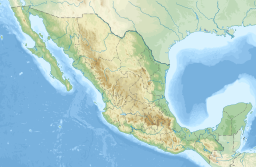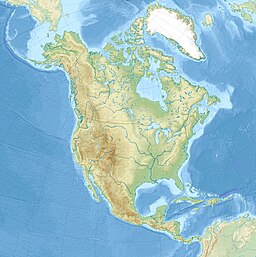
Back بحيرة تشكوكو Arabic Тэшкока (возера) Byelorussian Llac de Texcoco Catalan Jezero Texcoco Czech Texcoco-søen Danish Texcoco-See German Λίμνη Τεξκόκο Greek Lago Tekskoko Esperanto Lago de Texcoco Spanish Texcoco aintzira Basque
This article needs additional citations for verification. (January 2008) |
| Lake Texcoco | |
|---|---|
| Lago de Texcoco Tetzco(h)co | |
 | |
| Location | Central Mexico |
| Coordinates | 19°25′10″N 99°08′00″W / 19.41944°N 99.13333°W |
| Type | Former pluvial and paleo lake |
| Surface area | 5,400 square kilometres (2,100 sq mi) |
| Max. depth | over 150 metres (490 ft) |
| Surface elevation | 2,240 metres (7,350 ft) |

| |
| Official name | Lago de Texcoco |
| Designated | 5 June 2022 |
| Reference no. | 2469[1] |
Lake Texcoco (Spanish: Lago de Texcoco; Nahuatl languages: Tetzco(h)co) was a natural lake within the Anahuac or Valley of Mexico. Lake Texcoco is best known for an island situated on the western side of the lake where the Mexica built the city of Mēxihco Tenōchtitlan, which would later become the capital of the Aztec Empire. After the Spanish conquest, efforts to control flooding led to most of the lake being drained.
The entire lake basin is now almost completely occupied by Mexico City, the capital of the present-day nation of Mexico. Drainage of the lake has led to serious ecological and human consequences. The local climate and water availability have changed considerably, contributing to water scarcity in the area; subsequent groundwater extraction leads to land subsidence under much of the city. Native species endemic to the lake region, such as the axolotl, have become severely endangered or extinct due to ecosystem change.[2]
After the cancellation of Mexico City Texcoco Airport, the government initiated a major restoration project of a significant part of the lake in the form of the Lake Texcoco Ecological Park, 14,000 hectares of public space and ecological restoration.
- ^ "Lago de Texcoco". Ramsar Sites Information Service. Retrieved 5 November 2022.
- ^ Jones, Benji (2022-01-25). "The animal that's everywhere and nowhere". Vox. Retrieved 2023-12-12.

